Posted on 12/21/2024
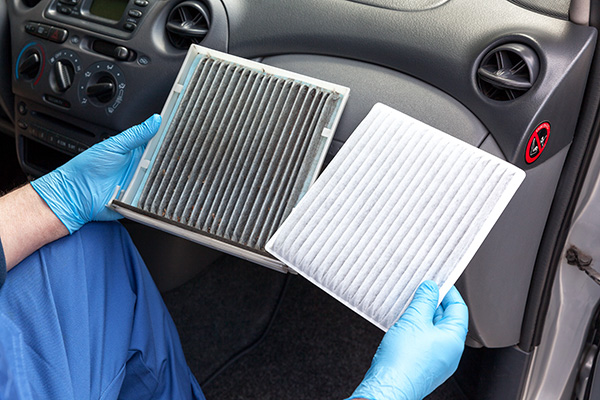
Most of us think about the air quality outside our cars but rarely stop considering the air we breathe inside them. That’s where your cabin air filter comes into play. It ensures that the air circulating through your car is clean and pollutants-free. But what happens when your cabin filter gets dirty? What Does a Cabin Air Filter Do Your cabin air filter acts as a barrier between the outside world and the air inside your car. It captures dust, pollen, dirt, and other airborne particles before they can make their way into your vehicle’s cabin. In many cases, it even filters out odors and pollutants, ensuring that you and your passengers can breathe easier. Think about it: without a clean filter, all the debris from the road, including allergens and exhaust fumes, can enter your car unchecked. This is especially crucial for those who have allergies or respiratory issues, as a good-quality filter can help minimize exposure to irritants. Signs of a ... read more
Posted on 11/29/2024
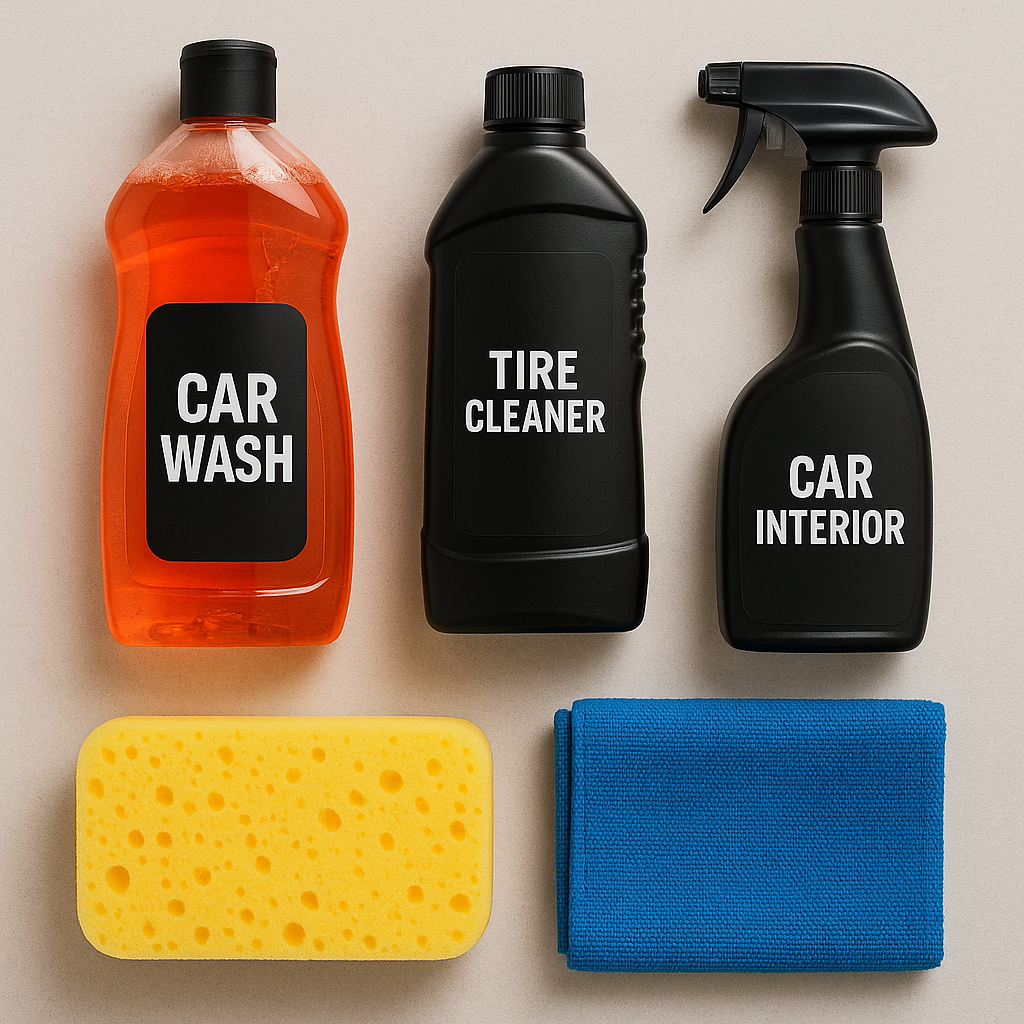
Car care doesn’t always require a trip to the auto parts store or expensive specialty products. Sometimes, the best solutions are already in your home, sitting quietly in your pantry or under the sink. Surprising, right? Everyday household items can work wonders for your vehicle, whether it's cleaning, maintenance, or quick fixes. Let’s explore how you can transform common staples into handy car care tools, saving time and money along the way. White Vinegar White vinegar is one of the most versatile items in your kitchen, and it’s a superstar when it comes to cleaning your car’s windows and mirrors. If you’ve been battling stubborn streaks or cloudy glass, a simple solution of vinegar and water can work wonders. Mix equal parts vinegar and water in a spr ... read more
Posted on 10/31/2024

We’ve all been there—you’re driving along, glancing at the fuel gauge as it creeps closer to empty, thinking you can squeeze in a few more miles before filling up. But what happens when you push it a little too far, and your car actually runs out of gas? Besides the obvious inconvenience of being stranded on the side of the road, running out of fuel can have some serious consequences for your vehicle, especially your fuel pump. But what exactly happens to the fuel pump when your tank runs dry? What Does the Fuel Pump Do Before we get into what happens when you run out of gas, it’s important to understand the role of your car’s fuel pump. The fuel pump is an essential part of your vehicle’s fuel system. Its job is to move gasoline from the fuel tank to the engine at the right pressure, ensuring your car runs smoothly. Most modern vehicles have electric fuel pumps located inside the fuel tank, while some older models have mechanical ... read more
Posted on 9/27/2024
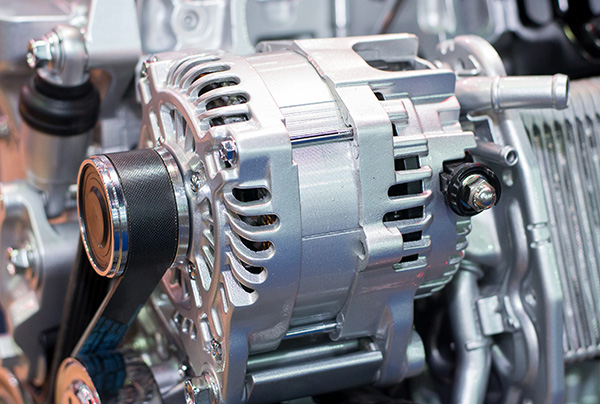
Ever been driving and noticed your headlights dim or your dashboard lights flicker? Maybe your car hesitates to start, and you're wondering what's going on. While these signs could point to a few different issues, they often signal a problem with your car’s alternator. The alternator keeps your vehicle’s electrical system running smoothly, but things can go south quickly when it starts to fail. So, how do you know when your alternator is on its last legs? What Does an Alternator Do? The alternator is responsible for converting the mechanical energy of your engine into electrical energy. It powers all of your car’s electrical components while simultaneously charging the battery. Without a properly functioning alternator, your battery won’t stay charged, and all the electronic systems—like the lights, radio, and air conditioning—will lose power. Essentially, your car would be running without it on borrowed time. Sign ... read more
Posted on 8/30/2024
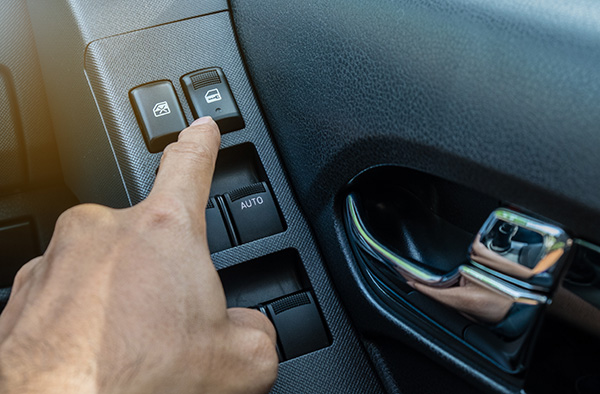
Dealing with malfunctioning power windows can be frustrating, especially when you’re in a rush or dealing with inclement weather. One moment, your windows are working perfectly, and the next, they’re stuck—either refusing to go up, down, or simply not responding at all. Understanding why this happens is the first step toward getting them fixed. Let’s explore some of the most common reasons why your car's power windows might not be working and what you can do about it. Electrical Issues One of the most common reasons for power window failure is an electrical issue. Since power windows rely on a series of electrical circuits, switches, and fuses, even a minor disruption in this system can cause the windows to stop working. A blown fuse is often the culprit. Fuses protect your car’s electrical components fro ... read more
Posted on 7/26/2024

If you've ever driven through the heart of America, you've probably noticed a common sight - pickup trucks. From bustling city streets to remote rural roads, these vehicles are everywhere. But have you ever wondered why pickup trucks are so incredibly popular in the US? Let's look into the reasons behind this automotive phenomenon. A Love for Versatility One of the most significant factors behind the popularity of pickup trucks is their unmatched versatility. Americans value vehicles that can serve multiple purposes, and pickups fit the bill perfectly. Need to haul a load of lumber for a weekend DIY project? No problem. Planning a cross-country road trip with a trailer in tow? A pickup can handle it. From construction workers to outdoor enthusiasts, these trucks cater to a wide range of needs. Built for Adventure Americans have a deep-rooted love for adventure and the great outdoors. Pickup trucks are built to handle rugged terrains, ma ... read more
Posted on 6/26/2024

Your pickup truck is your reliable companion on the road, but are you inadvertently subjecting it to potential damage without even realizing it? From road hazards to maintenance oversights, there are hidden factors that could be silently impacting the well-being of your pickup truck. We'll explore the less obvious ways in which your pickup truck might be succumbing to damage, shedding light on preventive measures and essential care practices to ensure the longevity and performance of your cherished vehicle. The Perils of Road Hazards Road bumps, potholes, and unexpected obstacles constantly threaten your pickup truck's structural integrity. Driving over road bumps at excessive speeds can lead to a range of issues, including: Buckled or unbalanced wheels Cracked tires Damaged suspension and exhaust components Compromised steering column and wheel alignment. Proceeding with caution when encountering road hazards can significantly reduce the risk of sustaini ... read more
Posted on 5/30/2024

Taking your pets on a road trip can be an incredibly rewarding experience, but it requires careful planning and consideration to ensure your comfort and safety. Whether you're embarking on a cross-country adventure or a short weekend getaway, following these practices can make your journey smooth and enjoyable. Preparing Your Pet for the Journey Before hitting the road, prepare your pets for the journey ahead. Start by ensuring they are comfortable with car travel. If they are not accustomed to being in a car, take a few short trips to acclimate them to the experience. Gradually increase the length of these trips to help your pets feel more at ease. Additionally, visit your veterinarian for a check-up. Make sure your pets are up-to-date on vaccinations and discuss any health concerns that may affect travel. It's also wise to ask for a copy of the medical records, especially if you're traveling out of state or planning an extended trip. Another important step is packing ... read more
Posted on 4/29/2024
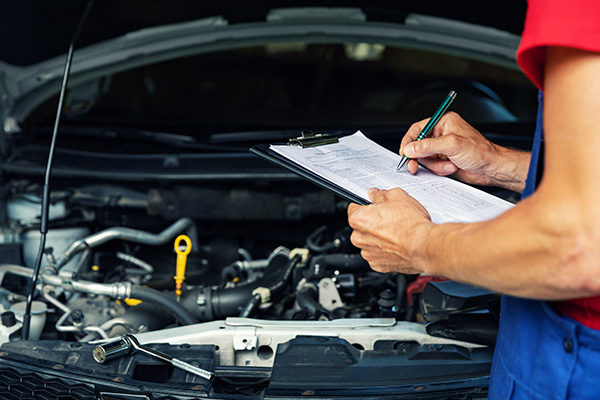
Are you considering purchasing a vehicle? It's an exciting endeavor but one that requires careful consideration. Amidst the excitement, it's crucial not to overlook the importance of a pre-purchase vehicle inspection. This comprehensive examination safeguards against potential pitfalls, ensuring you make an informed decision and confidently drive away. Understanding the Purpose A pre-purchase vehicle inspection is more than just a formality—it's your opportunity to uncover hidden issues that could cost you dearly down the road. By enlisting the expertise of a qualified mechanic to thoroughly assess the vehicle's condition, you gain invaluable insights into its overall health and potential maintenance needs. Identifying Red Flags During the inspection process, trained professionals meticulously examine every aspect of the vehicle, from its mechanical components to its structural integrity. By identifying ... read more
Posted on 3/29/2024

Driving in wet conditions can present numerous challenges, with one of the most dangerous being hydroplaning. This phenomenon occurs when your vehicle loses traction with the road surface due to a thin layer of water between the tires and the road. Understanding how hydroplaning occurs and knowing how to react can help you stay safe on wet roads. What Is Hydroplaning? Hydroplaning is a phenomenon that occurs when a thin layer of water accumulates between the tires of a vehicle and the road surface, causing a loss of traction and control. This loss of traction can occur when driving at high speeds in wet conditions, especially during heavy rain or when water accumulates on the road surface faster than it can drain away. As the tires encounter the water, they may lose contact with the road, leading to a feeling of floating or sliding. Several factors can contribute to hydro ... read more